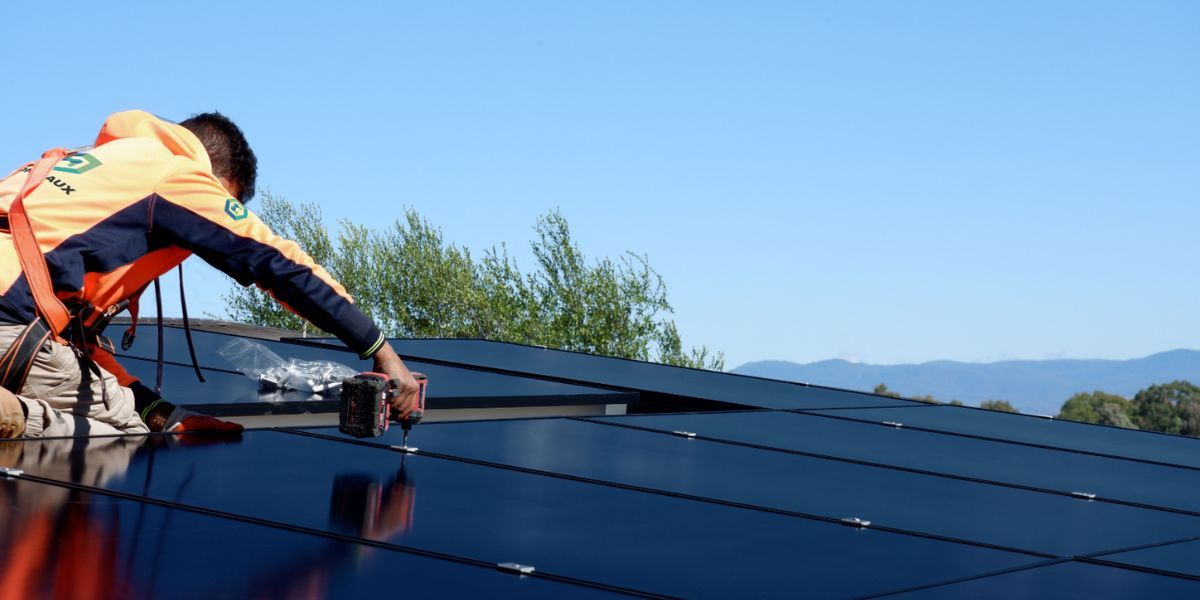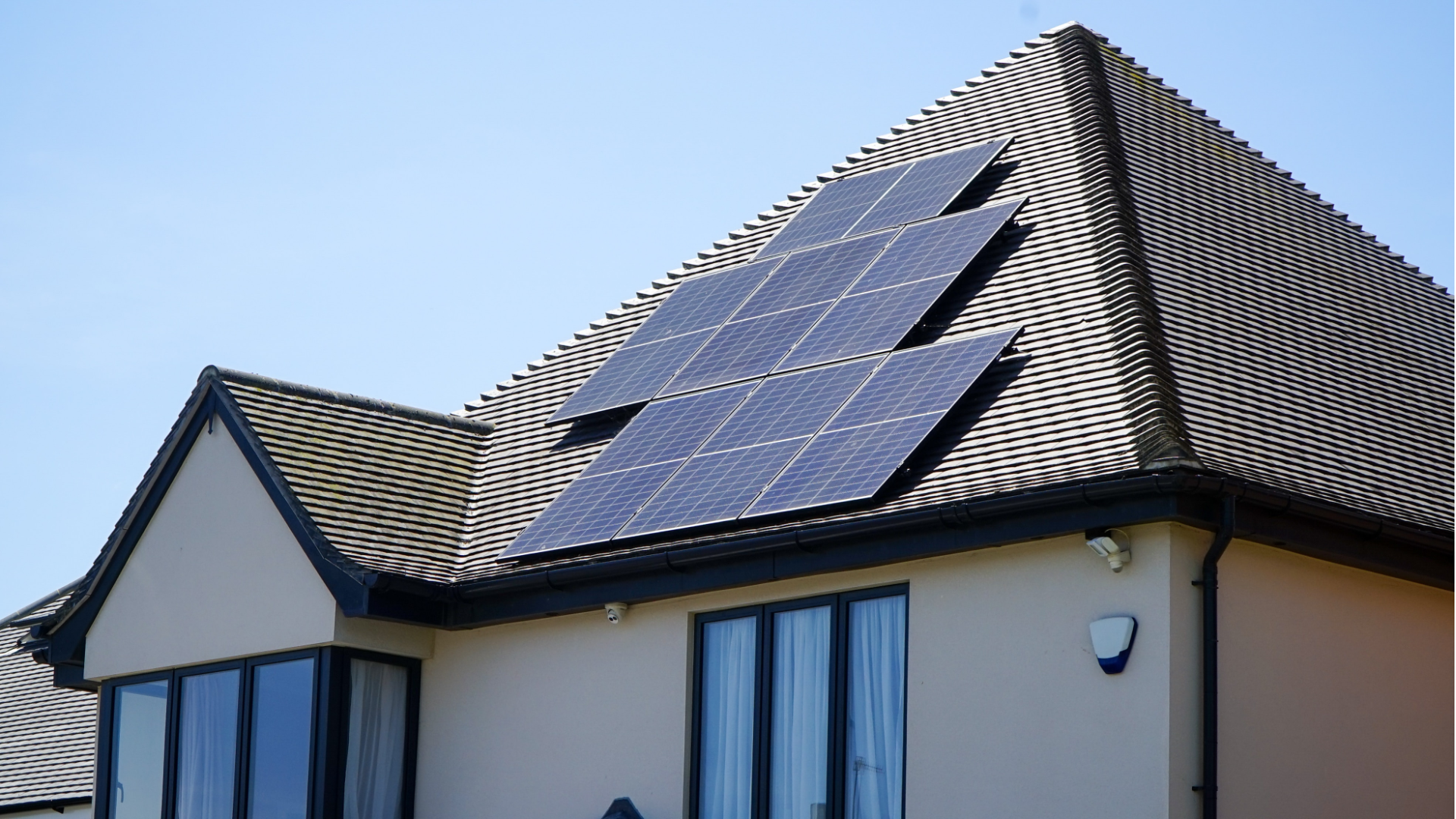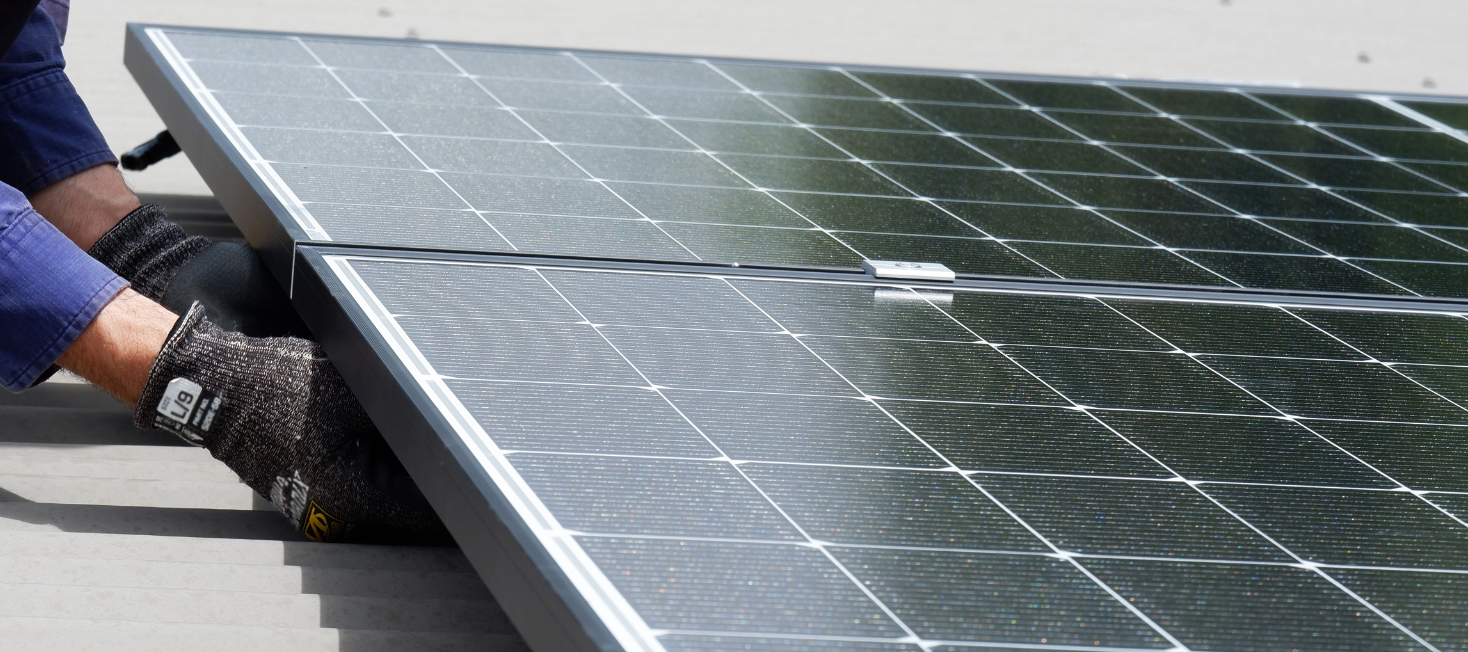How many solar panels do you need for your house
Imagine you have decided to make this environment a better place to live. You have made up your mind and are not on the fence to cut your carbon footprint. Conceptualize that you have chosen to help your generations thrive blithely in this environment.
The first step towards going green was this choice of going solar. So you have accomplished the elementary phase. And the next step after making this determination is how? And to explain this, “how” your first question should be about the panel size instead of the company or installation. How many solar panels do I need to power my house?
Addressing this technical question is crucial before moving to the next step of finding a paragon company and installing the solar system. If you fail to purvey this question adequately, a solar system will not provide you with many benefits. The following points will help you fathom your solar needs.
Factors that affect the size of your solar panels:
Budget
It is a well-known fact that you can’t buy a Kohinoor if you only have a few cents in your pocket. So to know your budget is salient before making any purchase. It is also critical for deciding how many panels you need for your house. However, if you reside in Canberra, you can surely think about snowballing your budget while installing a solar system in your residential or commercial setting. The government has myriad schemes that can help you with your budget problems. Like the recent sustainable household scheme, which provides zero-interest loans of between $2,000 to $15,000 to eligible ACT households.
Share Post





